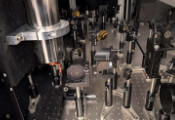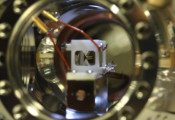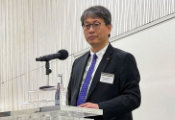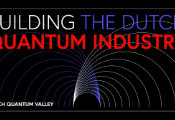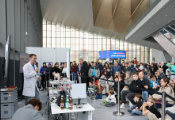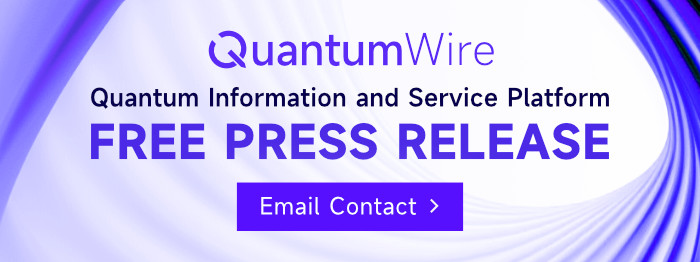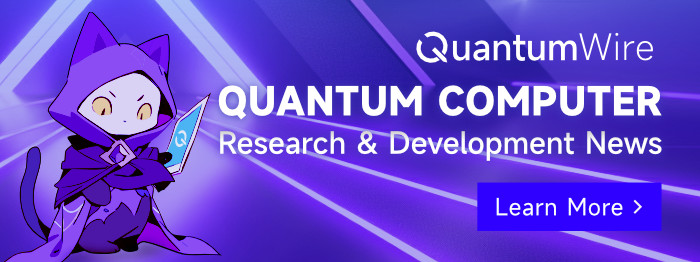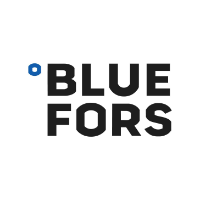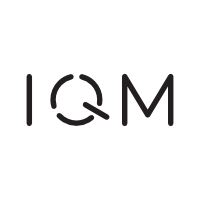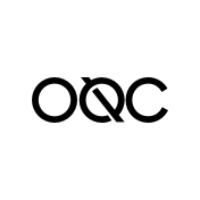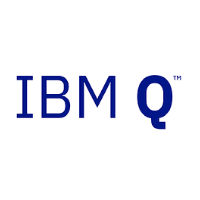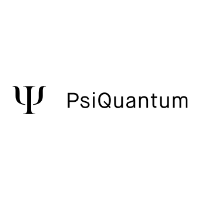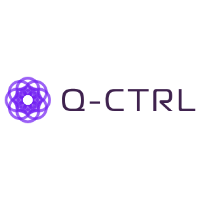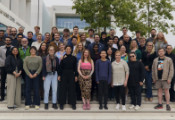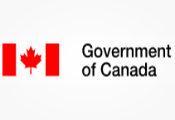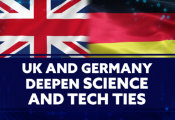Three-Node Quantum Networks Are Exceptionally Resistant to Photon Loss
November 13, 2025 -- One of the most striking features of quantum theory is entanglement, which leads to stronger correlations than those achievable with classical resources and, in this sense, to a non-local physical theory. Bell tests have long been used to reveal quantum correlations in the two-party scenario. These, however, rely on measurement choices that must be randomly selected. In contrast, measurement choices, and hence the notion of randomness, are not required in Bell tests involving more than two nodes connected in networked ways. This is particularly convenient, since most future quantum technologies require the connection of several stations.
As in the early days of standard Bell tests, current network nonlocality experiments suffer from certain loopholes –weaknesses in the experimental design that can allow for a classical explanation of the observed correlations. One of them is the detection loophole: sometimes too many entangled photons fail to arrive at the detectors or remain undetected, forcing scientists to discard those rounds (or apply similar post-processing). However, if rounds are discarded naively then the possibility of a classical explanation for the remaining data opens up.
Dr. Tamás Kriváchy and Martin Kerschbaumer from ICFO have now demonstrated quantum nonlocality in a triangle network under realistic noise conditions, offering a way to close the detection loophole. By using high-dimensional photonic states, this Physical Review Letters study shows that triangle networks are not as fragile as previously believed. They are, in fact, exceptionally robust to photon loss, even with imperfect sources of entangled pairs.
A triangle network consists of three independent sources that send entangled states to three stations, forming a loop. In this way, every station receives two ‘halves’ from two entangled states originating from different sources. All parties then perform a local measurement, record the outcomes, and analyze whether the observed correlations are genuinely quantum.
ICFO researchers have shown that certain high-dimensional photonic entangled states, known as NOON states, can tolerate surprisingly high losses. “NOON states consist of a quantum superposition of N photons going to one side and 0 to the other, and 0 photons going to one side and N to the other,” explains Dr. Tamás Kriváchy, first author of the article. “We saw that nonlocality persists even if there is over a 50% chance of photon loss, well above the 20% experimental requirement.” Importantly, this already holds when the number of photons involved in the NOON state is just 2, which can already be realized experimentally today.
According to Kriváchy, “a key step now would be to actually conduct a loophole-free experimental Bell test in the triangle network.” In addition to the foundational insights that more rigorous and trustworthy network nonlocality tests could provide, this would open a new path for advancing quantum communication and computation technologies, where robust entanglement distribution in networks is essential.




